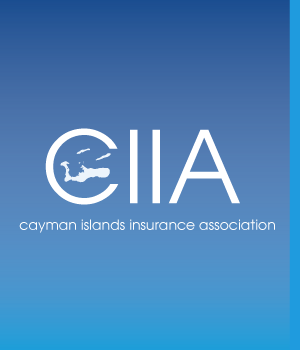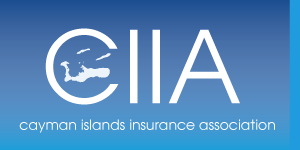The Resource Center provides a glossary of insurance terms to help you understand the various insurance wordings that may appear in your quotes, cover notes & policies.
Glossary of Terms
Health Insurance
Life Insurance
Property and Casualty
A B C D E F G H I J K L M N O P Q R S T U V W X Y Z
Educational Fund
One of the uses of Life Insurance. It is designed to provide money for a child’s education should the breadwinner of the family die.
Eligibility Requirements
Requirements imposed for eligibility for coverage, usually in a group insurance or pension plan.
Emergency Fund
One of the uses of Life Insurance which provides money for the emergency expenses of a deceased’s family prior to the final settlement of the estate.
Employee Benefit Program
Benefits offered to an employee, by his employer, covering such contingencies as medical expenses, disability, retirement, and death, which are usually paid for wholly or in part by the employer. These benefits are usually insured.
Employee Certificate of Insurance
The employee’s evidence of participation in a group insurance plan, consisting of a brief summary of plan benefits. The employee is provided with a certificate of insurance rather than the actual insurance policy.
Endorsement Split Dollar
A split dollar plan in which the employer owns and controls a life policy on the life of an employee. The employee’s rights to certain policy benefits are protected by an employer endorsement.
Endowment Insurance
A form of Life Insurance where the face amount is payable to the insured at the end of the contract period or to a beneficiary if the insured dies before that. An example would be an insured purchasing an endowment payable at age 65; if he reaches that age, the proceeds would be payable to him, but if he dies prior to that age, the proceeds would be payable to the designated beneficiary as a Life Insurance benefit.
Entire Contract Clause
A provision in an insurance contract, stating that the entire agreement between the insured and the insurer is contained in the contract, including the application if it is attached, declarations, insuring agreements, exclusions, conditions and endorsements.
Entity Agreement
A buy-sell agreement usually used with a partnership, in which the partnership agrees to purchase the interest of a deceased or disabled partner.
Evidence of Insurability
The statement of information needed for the underwriting of an insurance policy.
Examination
The medical examination of an applicant for Life or Health insurance.
Examined Business
Coverage written on an applicant who has been examined, and who has signed the application but has paid no premium.
Examiner
A physician appointed by the medical director of a Life or Health insurer to examine applicants.
Excess Interest
Interest credited to an insured’s contract, in excess of the amount guaranteed by the terms of the contract.
Expectation of Life
The average number of years of life for persons of a given age, according to a particular mortality table. Also called Life Expectancy.
Expected Mortality
The expected incidence of death within a given group during a given period of time as shown on a mortality table.
Experienced Mortality
The mortality that actually occurs within a group of insureds of a given insurance company, in contrast to expected mortality. (See Expected Mortality.)
Experienced Mortality or Morbidity
The actual mortality or morbidity experienced in a group of insureds, as compared to the expected mortality or morbidity.
Expiry
The termination of a Term Life Insurance policy at the end of its period of coverage.
Extended Death Benefit
A group policy provision which will pay the life benefit when (1) the insured is totally and continuously disabled at the time the policyholder stops paying premium, until the insured’s death; and (2) if the insured dies within one year of the date the premium payments stopped, or prior to age 65.
Extended Term Insurance
A provision in most policies which provides the option of continuing the existing amount of insurance as Term Insurance for as long a period of time as the contract’s cash value will purchase. This is one of the non-forfeiture options available to the insured in case a premium is not paid within the grace period. See also Non-forfeiture Values.
Extra Percentage Tables
Mortality or morbidity tables showing the extra premium for certain impaired health conditions. Usually this premium is shown as a percentage of the standard premium. A form of substandard rating.


